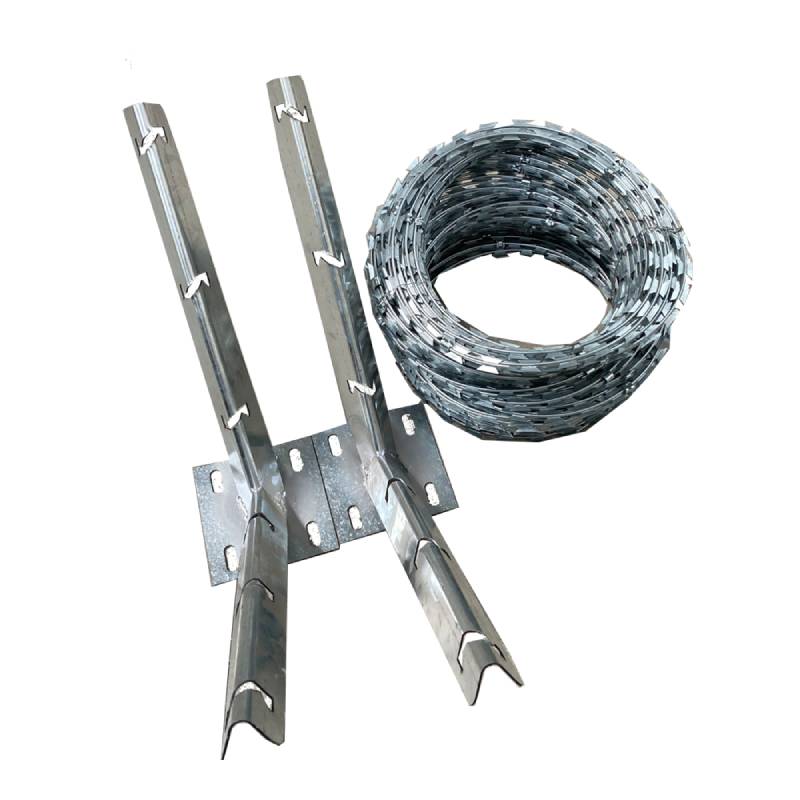Effective Techniques for Safely Cutting Through Barbed Wire with Minimal Risk and Effort
Cutting Barbed Wire Techniques, Safety, and Applications
Barbed wire has been a staple in fencing for over a century, primarily used for agricultural, military, and security purposes. Its sharp, pointed barbs serve a critical role in deterring animals and intruders alike. However, there are times when cutting barbed wire is necessary, whether for maintenance, removal, or repurposing. This article explores the techniques, safety measures, and applications for effectively cutting barbed wire.
Techniques for Cutting Barbed Wire
When it comes to cutting barbed wire, two main techniques are commonly employed using specialized tools and employing manual methods. The choice of technique often depends on the situation and the type of barbed wire being cut.
1. Using Specialized Tools The most efficient and safest way to cut barbed wire is through the use of wire cutters or bolt cutters. Wire cutters are generally used for thin barbed wire fencing, while bolt cutters are suitable for thicker wire. These tools can easily slice through the wire with minimal effort, allowing for clean cuts, which is essential to prevent the sharp ends from posing a risk to individuals working nearby.
2. Manual Methods In certain situations, especially in remote areas or when high-tech tools aren’t available, individuals may resort to manual techniques such as using pliers or even makeshift tools like heavy-duty scissors. However, these methods require more effort and can lead to uneven cuts that increase the risk of injury.
Safety Considerations
Cutting barbed wire can be dangerous without proper precautions. The sharp points can cause serious injuries, so safety should be the top priority, especially in environments where more than one person is present. Here are some key safety measures to consider
- Wear Protective Gear Always wear appropriate safety gear, including gloves, safety goggles, and long sleeves. Gloves protect your hands from cuts and scratches, while goggles shield your eyes from flying debris. - Assess the Environment Ensure you are in a safe environment for cutting wire. Remove any obstacles, and ensure no one is standing close to the cutting area to prevent accidents.
cutting barbed wire

- Dispose of Cut Wire Properly After cutting, the wire pieces should be disposed of responsibly. Leaving sharp pieces on the ground can cause injuries to people and animals alike. In addition, environmental considerations should be taken into account, as discarded wire can harm wildlife.
Applications of Cut Barbed Wire
Cutting barbed wire has various applications ranging from security to agriculture
- Security Removal In security contexts, cutting barbed wire may be necessary during the decommissioning of a facility or when property boundaries need re-establishing. It is essential to do this legally and safely to avoid liabilities.
- Repurposing Materials Cut barbed wire can be reused for various projects, such as crafting or home improvement tasks. Some artisans incorporate barbed wire into decorative pieces, while others might use it for garden fencing.
- Agricultural Maintenance Farmers may need to cut barbed wire to repair fences, allowing for easier management of livestock. Proper fencing is crucial for animal safety and the integrity of property boundaries.
Conclusion
Cutting barbed wire is an essential skill in various fields, from agriculture to security. While the task can seem straightforward, it necessitates careful consideration of techniques and safety measures to avoid injuries. As barbed wire continues to play an important role in securing spaces, understanding how to manage this material safely and effectively will remain crucial for anyone working with it.
-
Space-Saving Chain Fence Hacks Vertical Gardening with Cyclone MeshNewsJul.16,2025
-
Innovations in Iron Nail Wire Production for Modern ConstructionNewsJul.16,2025
-
Creative Uses of Wire Netting Fence in Modern Landscape DesignNewsJul.16,2025
-
Barbed Wire Fence Innovations in Anti-Climb TechnologyNewsJul.16,2025
-
Architectural Uses of Umbrella Nails for Aesthetic Roof DesignsNewsJul.16,2025
-
Architectural Uses of Razor Barbed Wire in Secure Urban DesignNewsJul.16,2025




